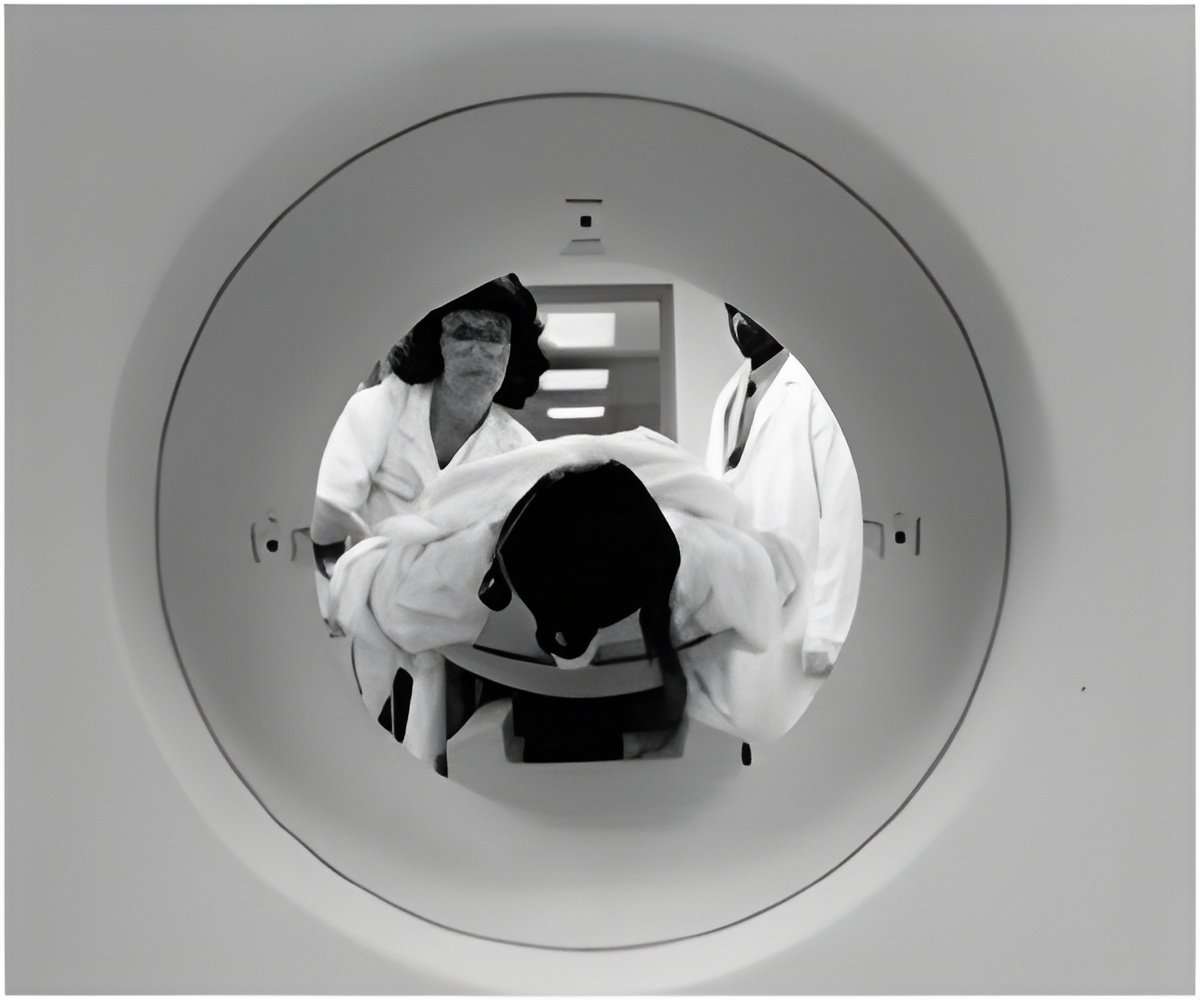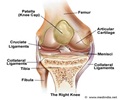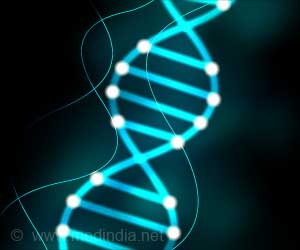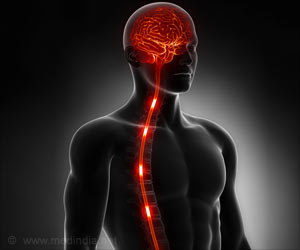Using diagnostic imaging method, physiological processes in soft tissue pain such as chronic tennis elbow can be explored.

This means that diagnosis still depends on clinical examination, which provides no guidance regarding what mechanisms might underlie the pain. Consequently, treatment proceeds purely on an empirical basis. An improved diagnostic method that allows not only diagnosis of localisation of the painful tissue processes, but also can provide guidance regarding what pathophysiological mechanisms are involved, would therefore be highly valuable.
Magnus Peterson has worked with positron emission tomography (PET), a tool for diagnostic imaging, in combination with a specific tracer for the signal receptor NK1. The tracer is injected into the blood where it circulates through the body and binds to available NK1 receptors. The signal from the radioactive tracer can then be captured as an image outside the body using PET.
This is the first time an up-regulation of NK1 receptors has been visualized by diagnostic imaging in painful tissue in humans. The study clearly reveals an image of elevated levels of NK1 in the painful area compared with the healthy arm.
Following tissue damage there is an up-regulation of the neuropeptide substance P and its receptor NK1. This occurs not only in the dorsal horn of the spinal cord, but also in the peripheral painful tissue. This up-regulation is part of an interaction between peripheral nerves, immune cells, and the tissue itself that seems to help guide the body's own repair process. In chronic tennis elbow, this up-regulation of the substance P-NK1 system lingers on. This is what the researchers have managed to visualize with the help of PET and the marker for NK1.
The method is promising, but the costs are still high. PET is a complicated procedure, which requires costly equipment.
Advertisement
Source-Eurekalert












